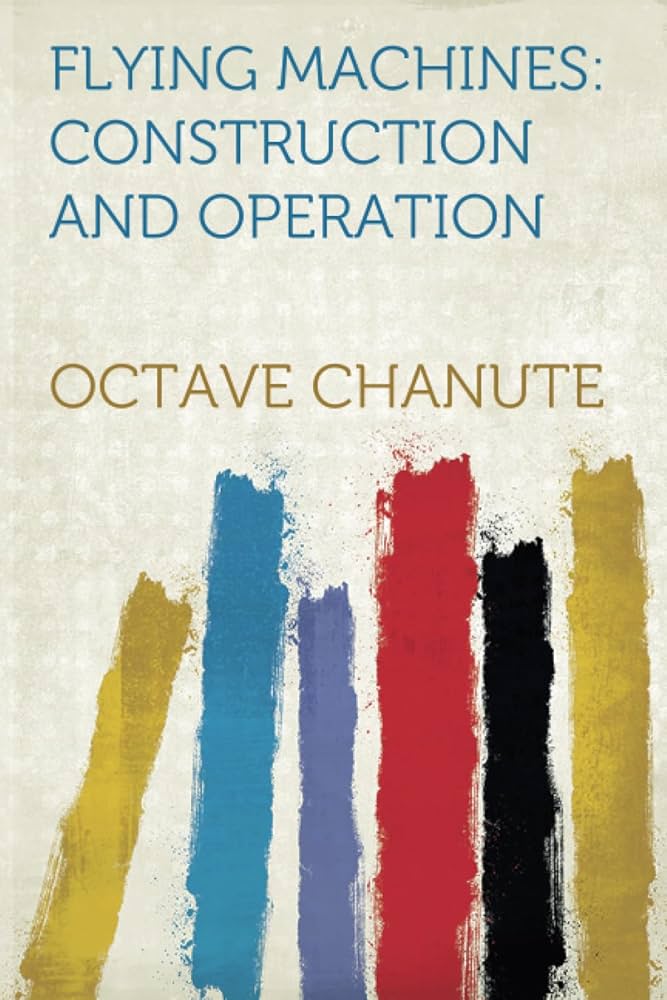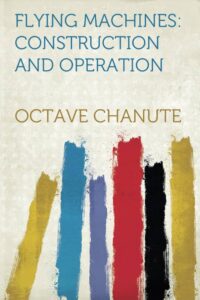Notable Cross-Country Flights of 1911
byNotable Cross-Country Flights of 1911 brought aviation to the forefront of technological and human achievement, as pilots tested not just machines but their own endurance across vast landscapes. One of the year’s most dramatic highlights was Orville Wright’s flight at Killdevil Hills, where he remained aloft for over ten minutes despite strong winds. This feat demonstrated the increasing control and stability of powered flight. While Wright’s contribution remained largely experimental, many aviators pushed the boundaries further through long-distance challenges. Flights that spanned states and even coasts became powerful symbols of aviation’s evolving role in society. Such daring expeditions proved not only that flight was possible but that it could eventually become practical, even routine. These early airmen, facing uncertain engines, crude instruments, and limited support, paved the way for aviation as both a sport and a serious mode of transport.
Calbraith P. Rodgers’ journey from New York to Los Angeles stood out as one of the most audacious undertakings of its time. Beginning on September 17 and concluding nearly two months later, Rodgers’ route covered more than 4,200 miles in a Wright biplane, aptly named the Vin Fiz after a grape soda sponsor. His flight required frequent repairs—many of them performed in small towns with improvised tools—which underscored the fragile nature of aircraft in that era. One particularly impressive day saw Rodgers complete 231 miles, a feat that pushed the limits of both man and machine. Yet progress came with peril. Near Los Angeles, he suffered a severe crash that temporarily halted his journey, a stark reminder of aviation’s risks. Still, his eventual arrival became a landmark moment, showing that coast-to-coast travel, though slow and dangerous, had moved from fantasy to reality.
Across the Atlantic, Europe was equally captivated by the promise of flight. The 1911 European Circuit Race began in Paris and stretched over 1,000 miles through multiple countries before returning to its starting point. Though exhilarating, the event was also tragic, claiming the lives of three competitors. Such incidents highlighted the dangers that came with exploration and innovation. Despite the risks, pilots continued to enter high-profile races like the Circuit of England and the Paris to Madrid Race. Each event spurred new developments in aircraft performance and navigation strategy. Aviation was no longer just a spectacle—it was becoming a proving ground for engineering and a crucible for the daring individuals who piloted these fragile crafts through unpredictable skies.
These cross-country and international flights played a key role in transforming the perception of aviation. What had once been viewed as a novelty was now entering the realm of serious possibility for communication, transport, and military strategy. Pilots like Rodgers and Atwood didn’t merely fly—they connected cities and inspired nations. They showed that aviation was a discipline that demanded more than courage; it required precision, adaptability, and constant problem-solving. Manufacturers observed these races and flights closely, using the results to tweak aircraft designs and test materials. Each flight, success or failure, brought valuable data that helped refine propulsion systems, control surfaces, and fuselage durability. In many ways, these early long-distance flights served as floating laboratories, advancing not only the idea of flight but the engineering behind it.
In looking back at 1911, it is clear that this year marked a turning point. The idea of sustained, long-distance flight went from improbable to proven. The groundwork laid by these pioneering aviators helped establish the foundation for more ambitious undertakings in the decades that followed. Commercial airlines, military aviation strategies, and even the dream of global travel all trace their lineage to these first uncertain flights across vast and unforgiving terrain. By risking their lives in untested skies, these pilots pushed humanity one step closer to mastering the air. Their journeys became more than personal triumphs—they were chapters in a growing narrative of progress, connecting distant places not just physically, but through the shared hope that one day, the sky would belong to all.


